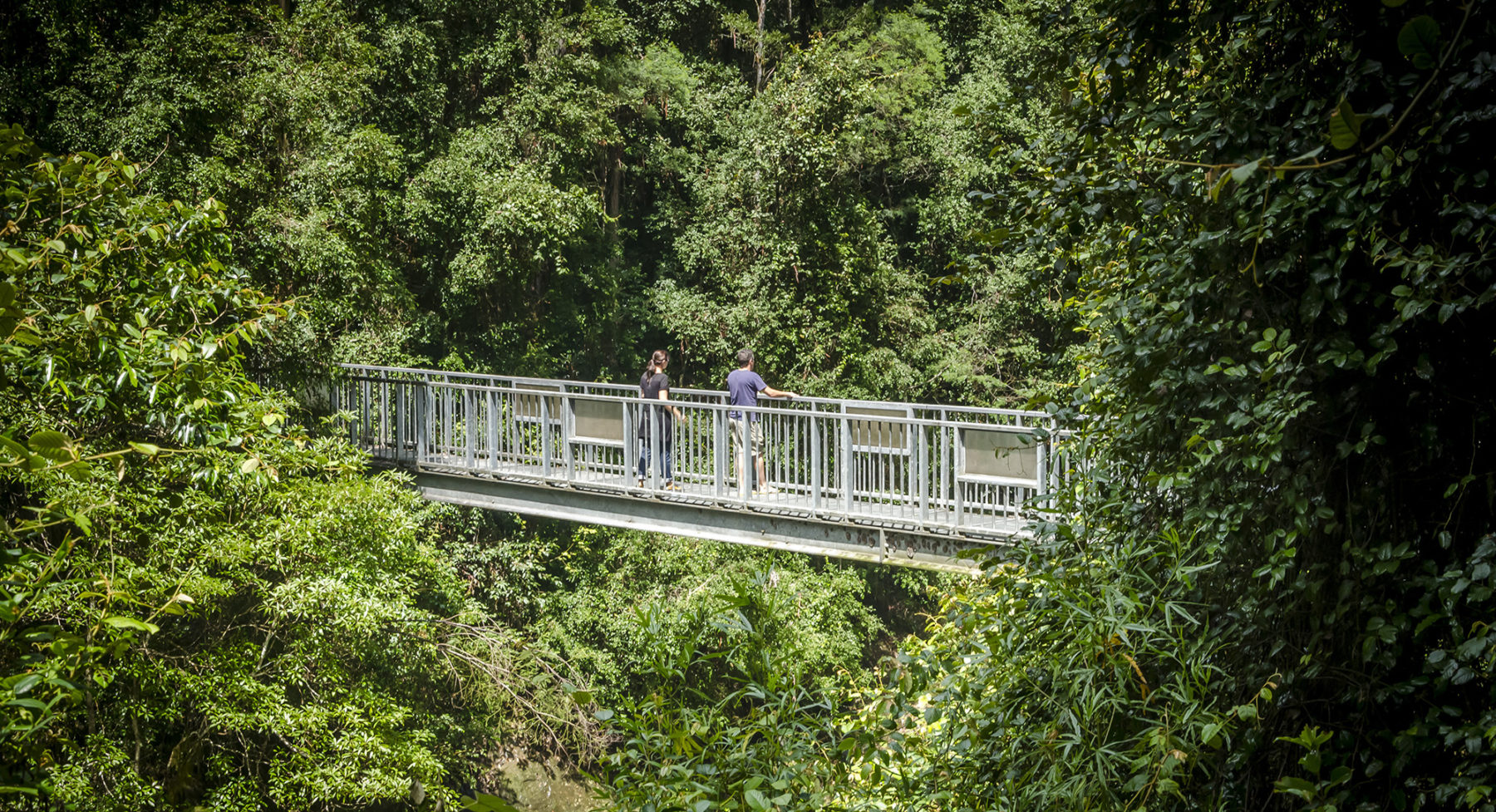It is no surprise that one of the most significant environmental pollutants today is electronic waste, commonly known as e-waste. As technology advances and becomes more accessible, the amount of e-waste generated has been steadily increasing. This presents a problem for authorities across the world which have to figure out new and cost-effective ways to handle and dispose the e-waste without any harmful environmental consequences.
Most e-waste contains hazardous materials which can have a serious impact on the environment if not disposed of properly. This is why several countries have put a ban on the disposal process of e-waste through shredding and burning. But now, a more eco-friendly and cost-effective solution of disposing e-waste is emerging, whereby the circuit boards from electronic devices are being dissolved in water.
The process is simple – a detinning bath is used to dissolve circuit boards in water. This bath solution contains concentrated acids which are highly effective at dissolving copper, tin and other metals. It also eliminates the need of a soldering process which was necessary in the traditional recycling process.
One advantage of this process is that it is much faster and more efficient than the traditional recycling process, thereby cutting down the cost of recycling. Secondly, it is less hazardous and does not generate any hazardous waste. In fact, the few pollutants generated during this process can be reduced to acceptable levels through strict waste management protocols. Moreover, water used to dissolve circuit boards can be reused multiple times, resulting in further savings.
It can be concluded that dissolving circuit boards in water is not only cost effective but also better for the environment as compared to shredding and burning. Moreover, it ensures complete safety of the environment as no hazardous material is released. For this reason, governments around the world are now encouraging people to use this method as a more sustainable way of disposing e-waste.
Hey Subscribe to our newsletter for more articles like this directly to your email.
